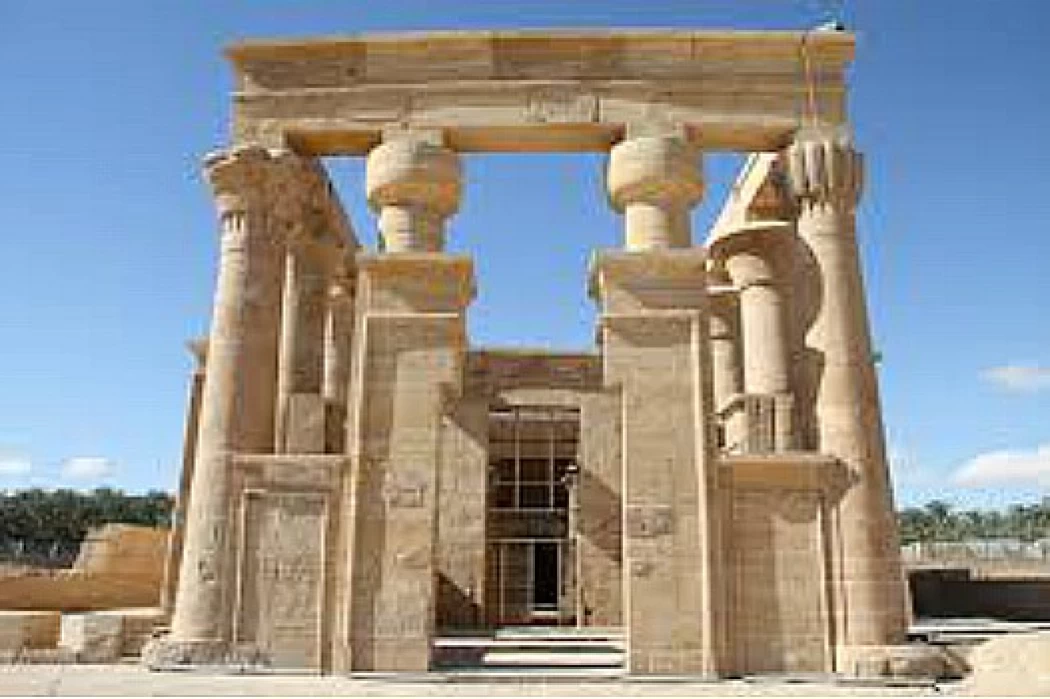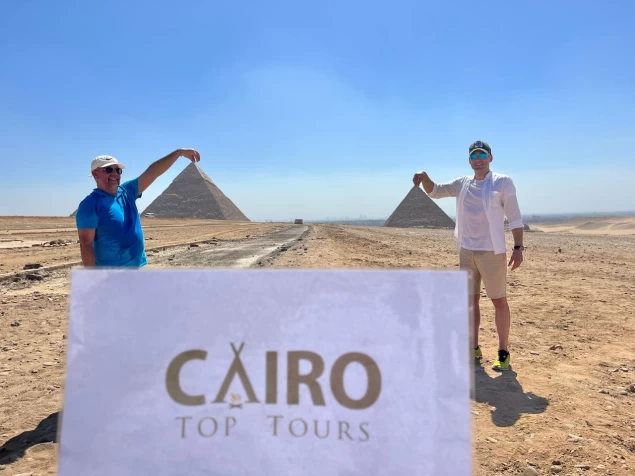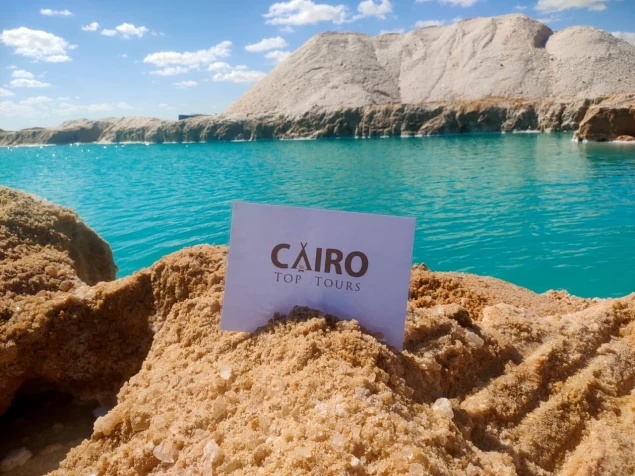
The Temple of Hibis
The temple of Hebes is one of the most important Egyptian temples and tourist attractions in the Arab Republic of Egypt, specifically in the New Valley governorate, about one kilometer north of the city of Kharga.
Importance of the temple
The importance of this temple lies in the fact that it represents the various historical eras pharaonic, Persian, Ptolemaic and Roman, and it is also considered one of the most important Egyptian temples, as it is the only Egyptian temple remaining from the Persian Safavid era and was built to worship the Holy Trinity (Amun - MUT-Khonsu).
History of the temple
Temple of hebes - one of the most important sights of the city of Kharga
In the later eras of the Persian era, many additions were made to the temple until its elements were completed, and this was in the period between 390 BC to 69 AD. The interest of travelers and scholars in the temple began in the first half of the nineteenth century, like the rest of the Egyptian antiquities, and in the Forties of the twentieth century, the Egyptian antiquities department restored the temple and strengthened the collapsible elements of it, rebuilt and installed some stones that were found falling from the temple on the ground, and in the Fifties and until the beginning of the seventies, the antiquities department conducted many restoration works in the temple, including filling cracks, cracks and the walls and parts of the walls and ceilings are especially at the back of the temple.
Description of the temple
The purpose of this was to raise the temple above all but the buildings and dwellings of the ancient city that surrounded it, thus making it easier for the viewer to realize its importance as a holy place and a center for worshiping the deity. The temple begins from the East with a port that was erected on the edge of the holy lake, which was the temple, then the Roman gate, which bears a Greek inscription from the reign of the emperor (jalba) in 69 AD, the Baltim gate, followed by the Persian Gate of King Dara OL,
The temple is similar in its layout to the layout of the Egyptian temple in the modern Egyptian kingdom (edifice, open courtyard, colonnade, and then the Holy of Holies), which is the layout continued by the Egyptian temples that originated in the Ptolemaic and Roman eras. Around the temple there are remains of sandstone that used to surround the temple from three sides, north, south and West, demolished, leaving only a few high parts of it, where it formed with the walls of the temple a corridor that goes around the body of the temple and its relatively high stone floor supports foundations from the outside and in the southwestern corner of the temple from the outside there is the building of the birth House (mamizi), a small building separate from the southwestern Temple of the colonnade lobby.














